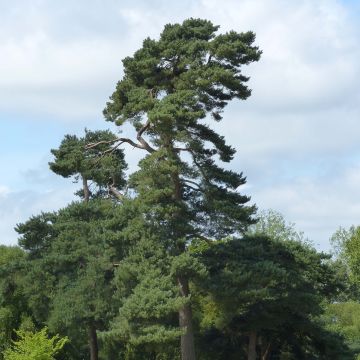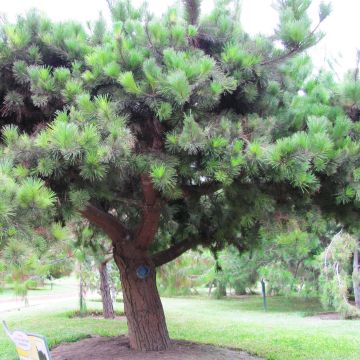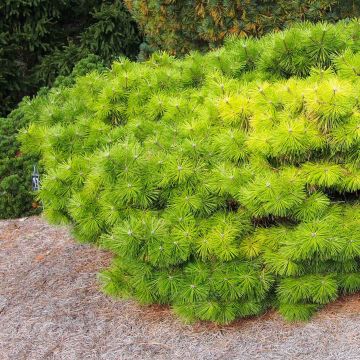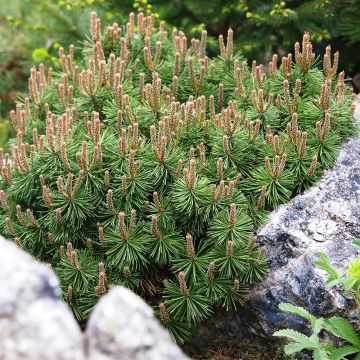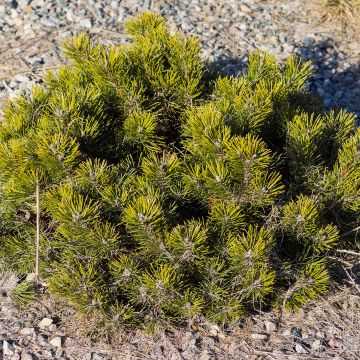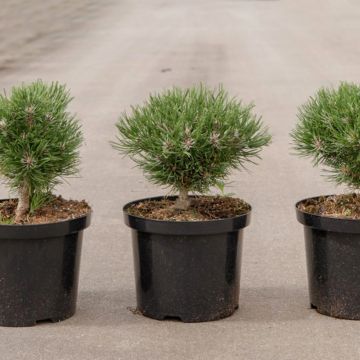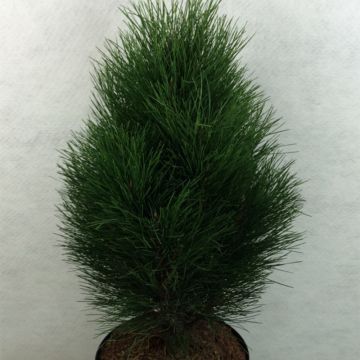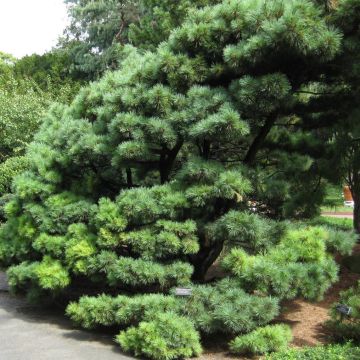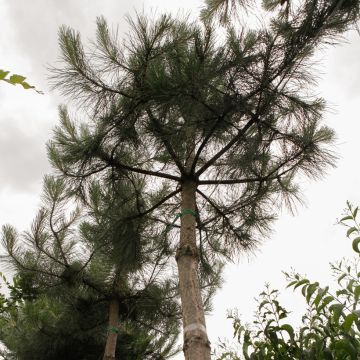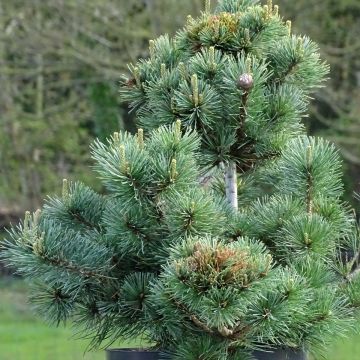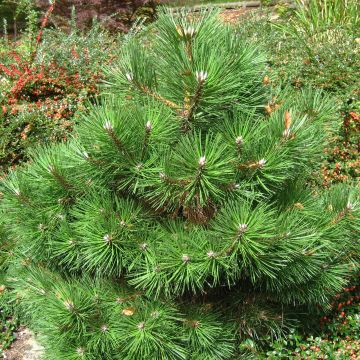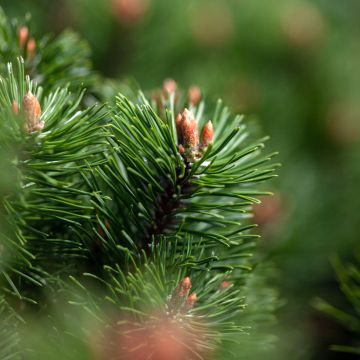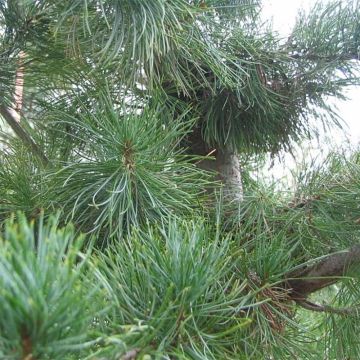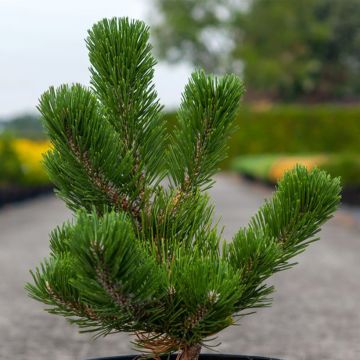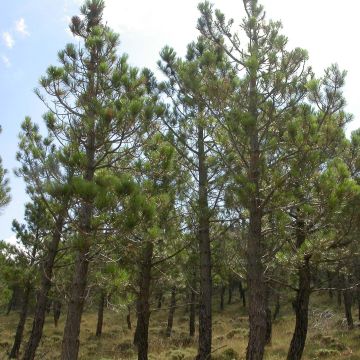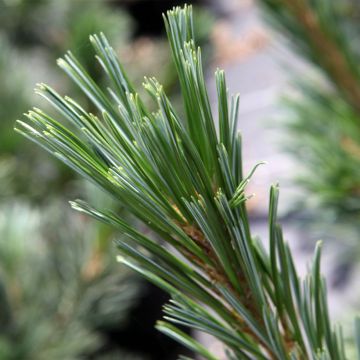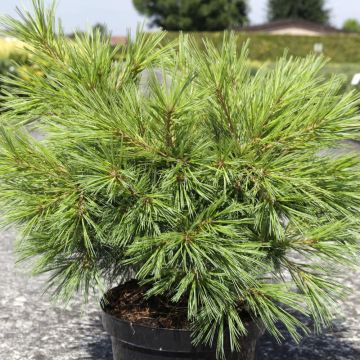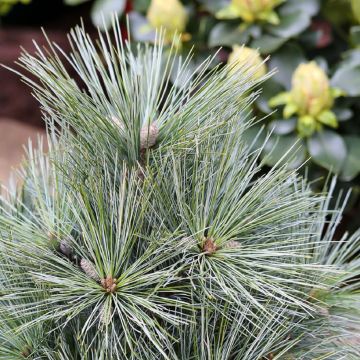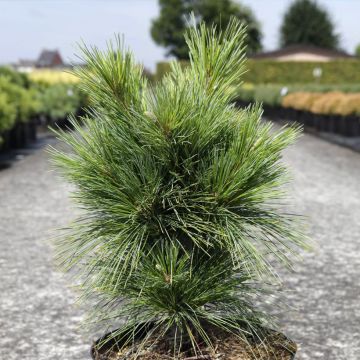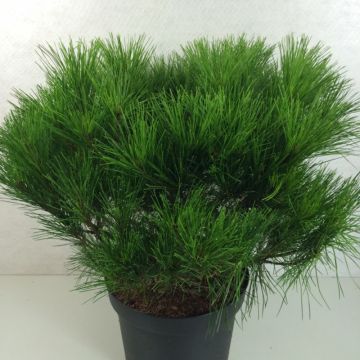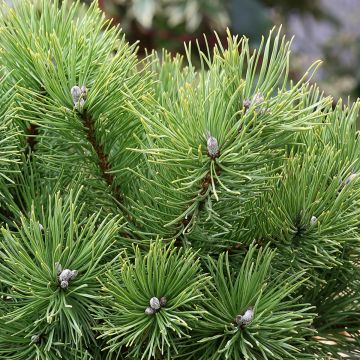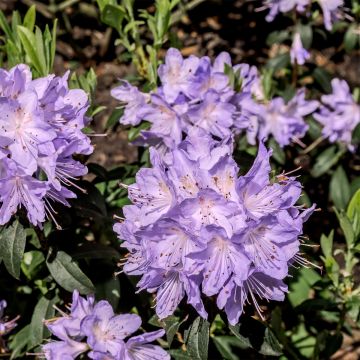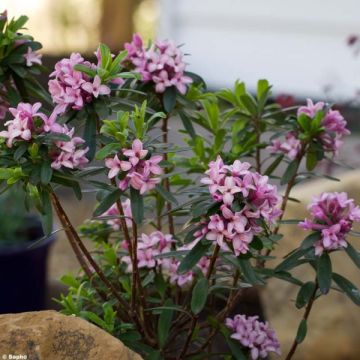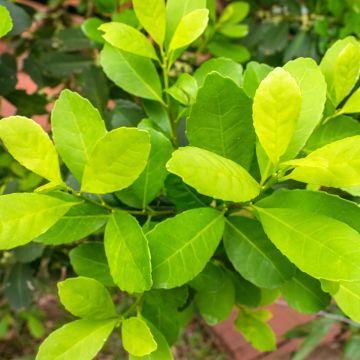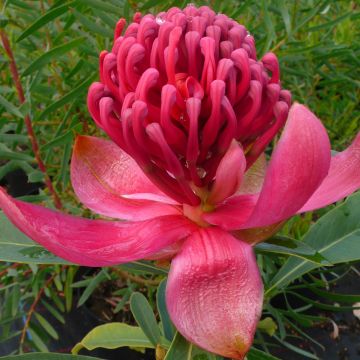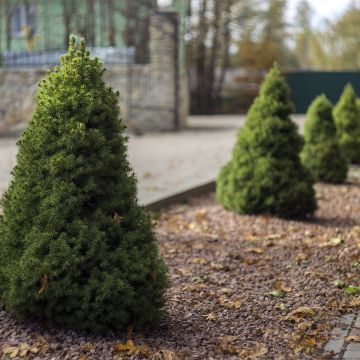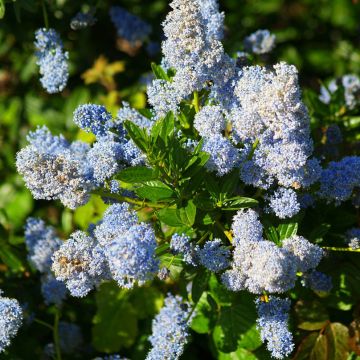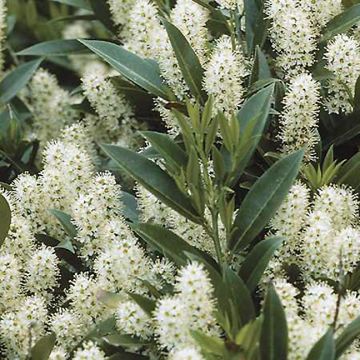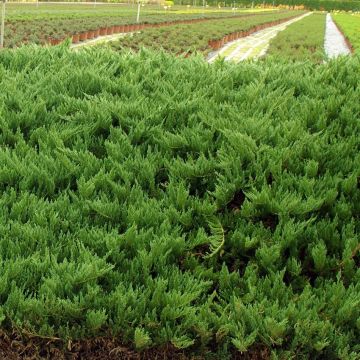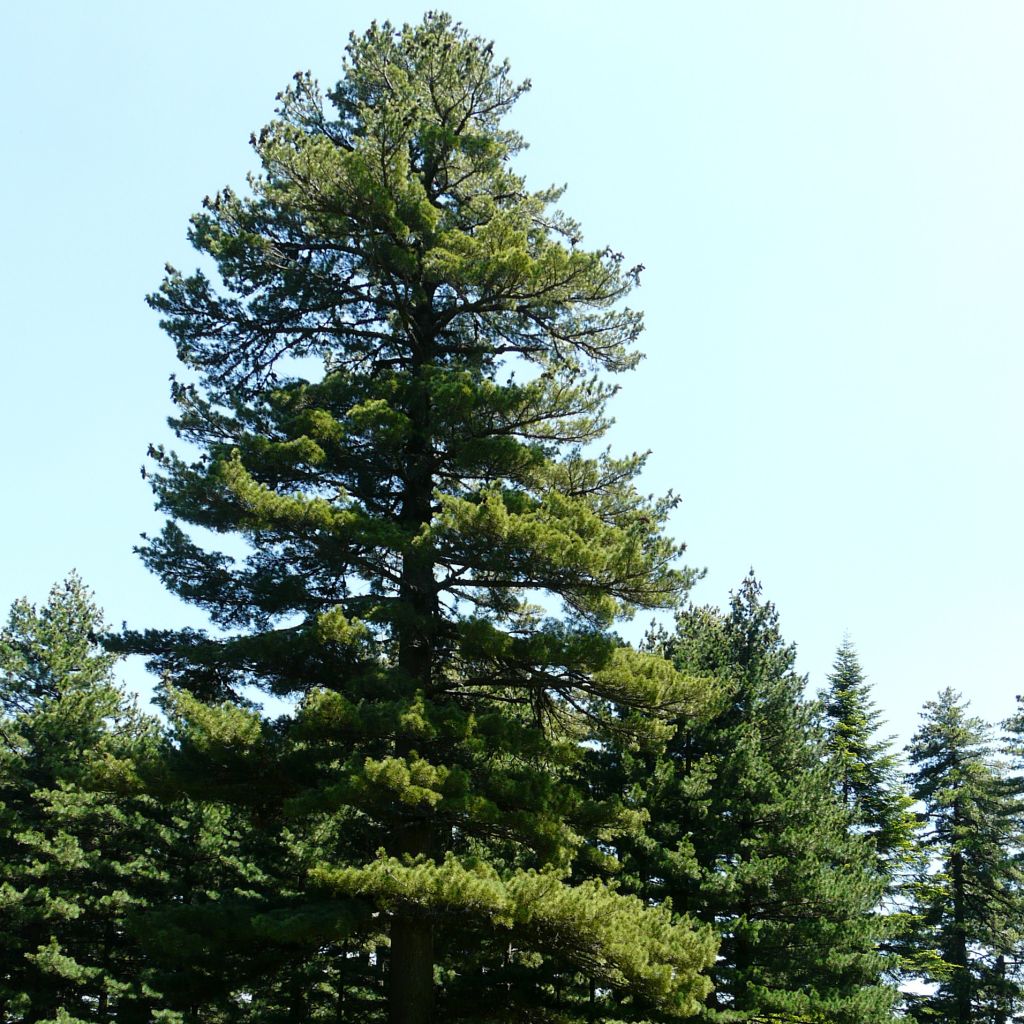

Pinus peuce - Pin de Macédoine
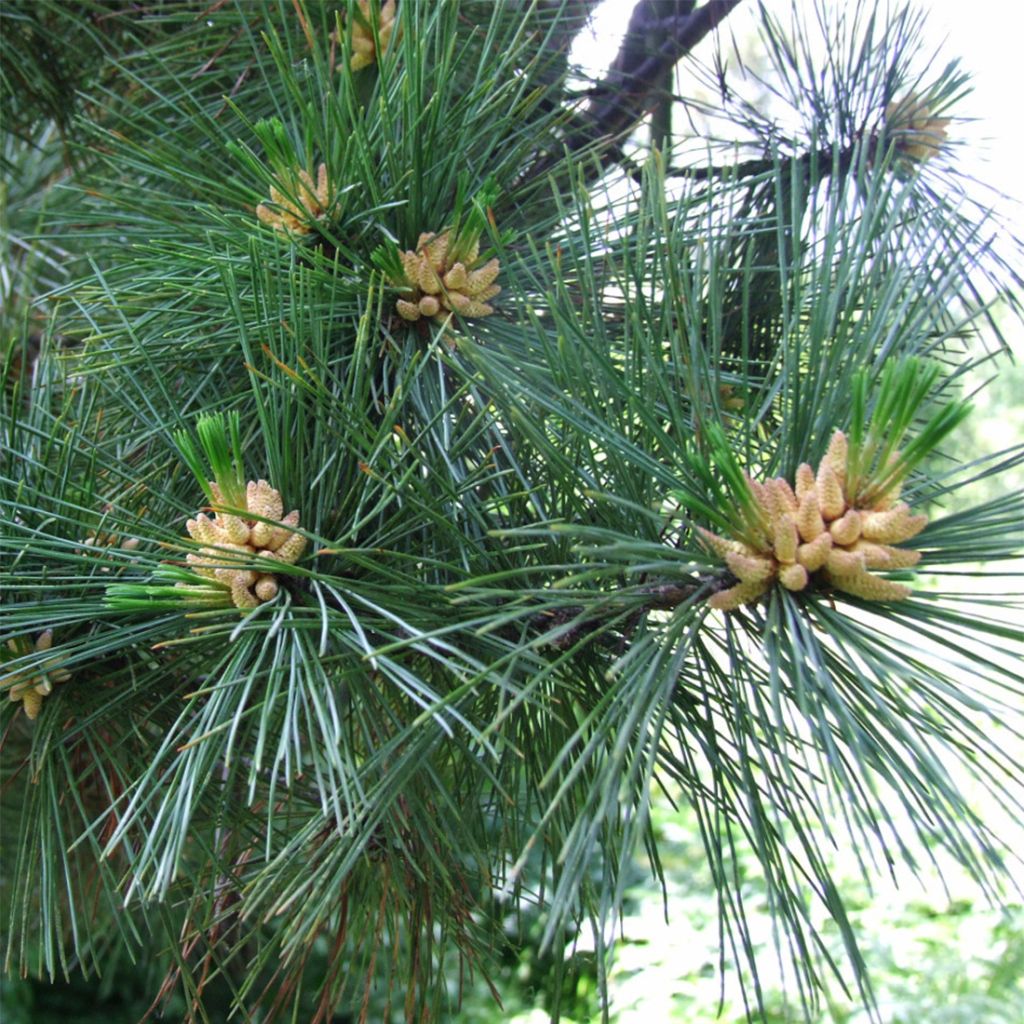

Pinus peuce - Pin de Macédoine
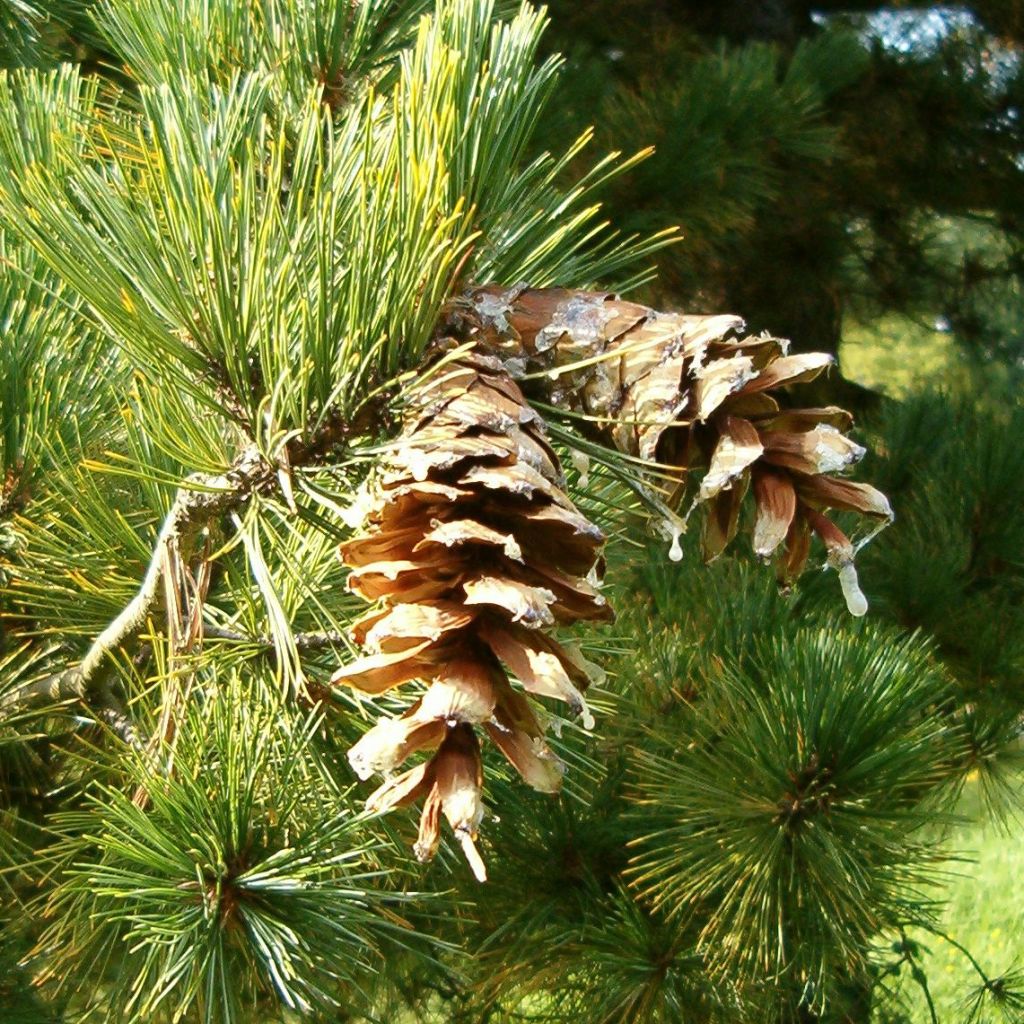

Pinus peuce - Pin de Macédoine
Pinus peuce - Macedonian Pine
Pinus peuce
Macedonian Pine, Balkan Pine
Why not try an alternative variety in stock?
View all →This plant carries a 24 months recovery warranty
More information
We guarantee the quality of our plants for a full growing cycle, and will replace at our expense any plant that fails to recover under normal climatic and planting conditions.
From €5.90 for pickup delivery and €6.90 for home delivery
Express home delivery from €8.90.
Delivery to Corse prohibited: UE law prohibits the import of this plant from mainland France to Corse as part of the fight against Xylella fastidiosa. Please accept our sincere apologies.
More information
Does this plant fit my garden?
Set up your Plantfit profile →
Description
Pinus peuce, also known as Macedonian Pine, is a large conifer with slow but regular growth. It has an elegant, pyramidal, and later conical habit, supported by initially horizontal branches that become upright over time. Its foliage consists of long, dark greenish-grey needles on shiny green young shoots, while its smooth, grey-brown bark exfoliates on mature specimens. It produces beautiful pendant cones that are light brown to reddish-brown. It should be given space, whether planted individually or in a mass planting in a large garden. This very hardy species adapts to any well-drained and moist soil, thrives in sunny positions, and is highly wind-resistant.
Pinus peuce, also known as Balkan Pine, belongs to the group of white pines, like Pinus strobus. It is a plant of the Pinaceae family native to mountainous areas of Albania, Macedonia, Bulgaria, and northern Greece. In its natural environment, at altitudes between 600 and 2,200m (1968 and 7000ft), this species exceeds 25m (82ft) in height and has a pyramidal habit that evolves over the years into a columnar, then conical and wider shape. In cultivation, it will reach about 20m (66ft) in height with a relatively slow growth rate.
If this conifer is grown individually, its foliage will remain dense down to the lowest branches. This species, closely related to Pinus cembra, develops similarly, but its needles are very different, less rigid and with a less greyish hue. Its bark is smooth and grey-brown, exfoliating over the years. Its young shoots are shiny grey-green. The needles, rather thick, measuring 7 to 10cm (3 to 4in) in length, develop at their tips, grouped in fives, arranged in tufts, and radially attached to the shoots. The isolated or clustered cylindrical cones, 8 to 15cm (3 to 6in) long and 2 to 3cm (1in) wide, spread out or hang down. They are resinous, initially green and then light brown at maturity (they mature in 2 years).
Easy to grow and not very demanding in terms of soil type, Macedonian Pine, like all pines, is a conifer that is part of our landscapes, just like oaks or poplars. It will find its place in a large garden, from north to south (not too dry) in France, as its mountainous origins do not prevent it from flourishing under very different climates. It looks good when planted individually or in groups of three at the edges of the surrounding countryside, in a garden with a naturalistic feel. It blends well with large stones, the geometric lines of swimming pools, and masonry structures. It can be associated with dwarf conifers with a prostrate habit (Juniperus horizontalis 'Blue Chip'), globose shape (Picea abies 'Little Gem'), or columnar form (Juniperus communis 'Sentinel'). The true graphic qualities of conifers naturally emerge in the design of a contemporary garden, which prefers the aesthetics of shapes, silhouettes, and textures over the dance of flowers. These living plants, with their reassuring permanence, structurally define a planting bed, mark pathways, and border terraces, easily replacing the strong presence of trimmed boxwood or holly. The key is to play with volumes and colours.
Report an error about the product description
Pinus peuce - Macedonian Pine in pictures
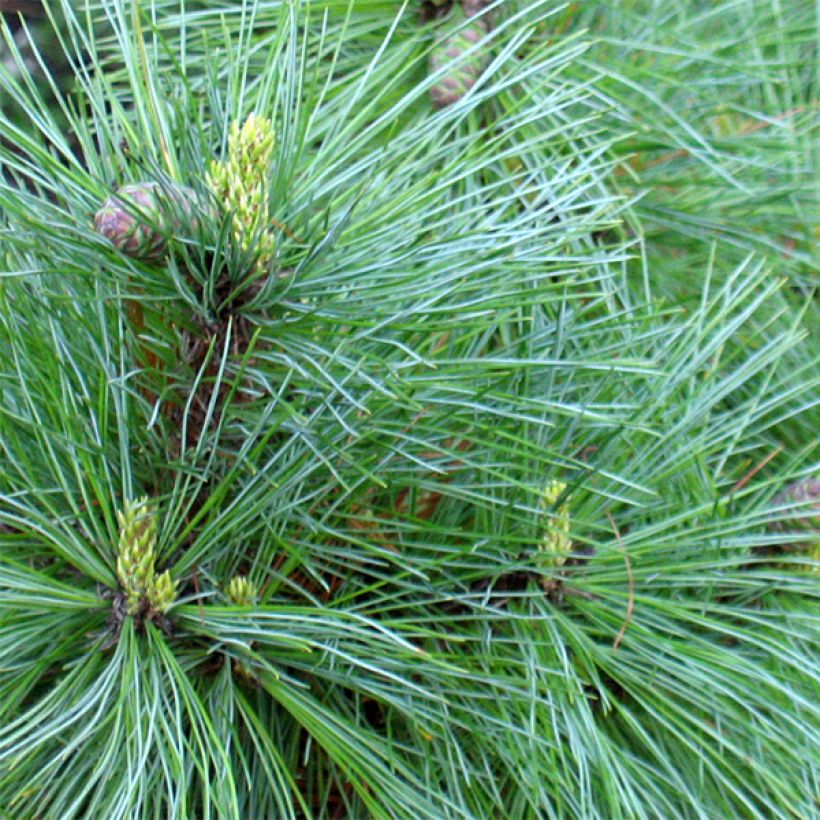

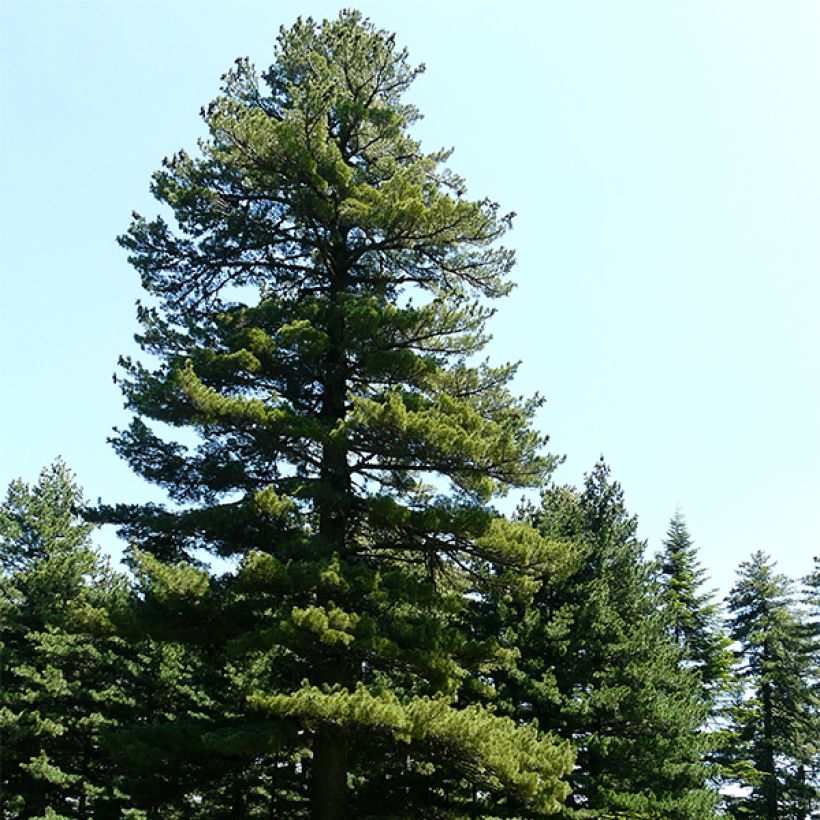

Plant habit
Flowering
Foliage
Botanical data
Pinus
peuce
Pinaceae
Macedonian Pine, Balkan Pine
Central Europe
Other Pinus - Pine
Planting and care
Pinus peuce is planted from September to November and from February to June in ordinary soil, even poor, even clayey or limestone, but well-drained and retaining freshness. Choose a sunny location or, at most, partly shady in hot climates. Soak the root balls well before planting. Add organic amendment at planting and water generously in the first few years, and in case of prolonged drought. Apply special conifer fertilizer every year in April and cultivate the soil in summer. This very hardy conifer (up to -20°C (1°F) at least) is not afraid of wind, but it fears waterlogged soils in winter. Pruning is not necessary.
Planting period
Intended location
Care
This item has not been reviewed yet - be the first to leave a review about it.
Evergreen shrubs
Haven't found what you were looking for?
Hardiness is the lowest winter temperature a plant can endure without suffering serious damage or even dying. However, hardiness is affected by location (a sheltered area, such as a patio), protection (winter cover) and soil type (hardiness is improved by well-drained soil).

Photo Sharing Terms & Conditions
In order to encourage gardeners to interact and share their experiences, Promesse de fleurs offers various media enabling content to be uploaded onto its Site - in particular via the ‘Photo sharing’ module.
The User agrees to refrain from:
- Posting any content that is illegal, prejudicial, insulting, racist, inciteful to hatred, revisionist, contrary to public decency, that infringes on privacy or on the privacy rights of third parties, in particular the publicity rights of persons and goods, intellectual property rights, or the right to privacy.
- Submitting content on behalf of a third party;
- Impersonate the identity of a third party and/or publish any personal information about a third party;
In general, the User undertakes to refrain from any unethical behaviour.
All Content (in particular text, comments, files, images, photos, videos, creative works, etc.), which may be subject to property or intellectual property rights, image or other private rights, shall remain the property of the User, subject to the limited rights granted by the terms of the licence granted by Promesse de fleurs as stated below. Users are at liberty to publish or not to publish such Content on the Site, notably via the ‘Photo Sharing’ facility, and accept that this Content shall be made public and freely accessible, notably on the Internet.
Users further acknowledge, undertake to have ,and guarantee that they hold all necessary rights and permissions to publish such material on the Site, in particular with regard to the legislation in force pertaining to any privacy, property, intellectual property, image, or contractual rights, or rights of any other nature. By publishing such Content on the Site, Users acknowledge accepting full liability as publishers of the Content within the meaning of the law, and grant Promesse de fleurs, free of charge, an inclusive, worldwide licence for the said Content for the entire duration of its publication, including all reproduction, representation, up/downloading, displaying, performing, transmission, and storage rights.
Users also grant permission for their name to be linked to the Content and accept that this link may not always be made available.
By engaging in posting material, Users consent to their Content becoming automatically accessible on the Internet, in particular on other sites and/or blogs and/or web pages of the Promesse de fleurs site, including in particular social pages and the Promesse de fleurs catalogue.
Users may secure the removal of entrusted content free of charge by issuing a simple request via our contact form.
The flowering period indicated on our website applies to countries and regions located in USDA zone 8 (France, the United Kingdom, Ireland, the Netherlands, etc.)
It will vary according to where you live:
- In zones 9 to 10 (Italy, Spain, Greece, etc.), flowering will occur about 2 to 4 weeks earlier.
- In zones 6 to 7 (Germany, Poland, Slovenia, and lower mountainous regions), flowering will be delayed by 2 to 3 weeks.
- In zone 5 (Central Europe, Scandinavia), blooming will be delayed by 3 to 5 weeks.
In temperate climates, pruning of spring-flowering shrubs (forsythia, spireas, etc.) should be done just after flowering.
Pruning of summer-flowering shrubs (Indian Lilac, Perovskia, etc.) can be done in winter or spring.
In cold regions as well as with frost-sensitive plants, avoid pruning too early when severe frosts may still occur.
The planting period indicated on our website applies to countries and regions located in USDA zone 8 (France, United Kingdom, Ireland, Netherlands).
It will vary according to where you live:
- In Mediterranean zones (Marseille, Madrid, Milan, etc.), autumn and winter are the best planting periods.
- In continental zones (Strasbourg, Munich, Vienna, etc.), delay planting by 2 to 3 weeks in spring and bring it forward by 2 to 4 weeks in autumn.
- In mountainous regions (the Alps, Pyrenees, Carpathians, etc.), it is best to plant in late spring (May-June) or late summer (August-September).
The harvesting period indicated on our website applies to countries and regions in USDA zone 8 (France, England, Ireland, the Netherlands).
In colder areas (Scandinavia, Poland, Austria...) fruit and vegetable harvests are likely to be delayed by 3-4 weeks.
In warmer areas (Italy, Spain, Greece, etc.), harvesting will probably take place earlier, depending on weather conditions.
The sowing periods indicated on our website apply to countries and regions within USDA Zone 8 (France, UK, Ireland, Netherlands).
In colder areas (Scandinavia, Poland, Austria...), delay any outdoor sowing by 3-4 weeks, or sow under glass.
In warmer climes (Italy, Spain, Greece, etc.), bring outdoor sowing forward by a few weeks.

































